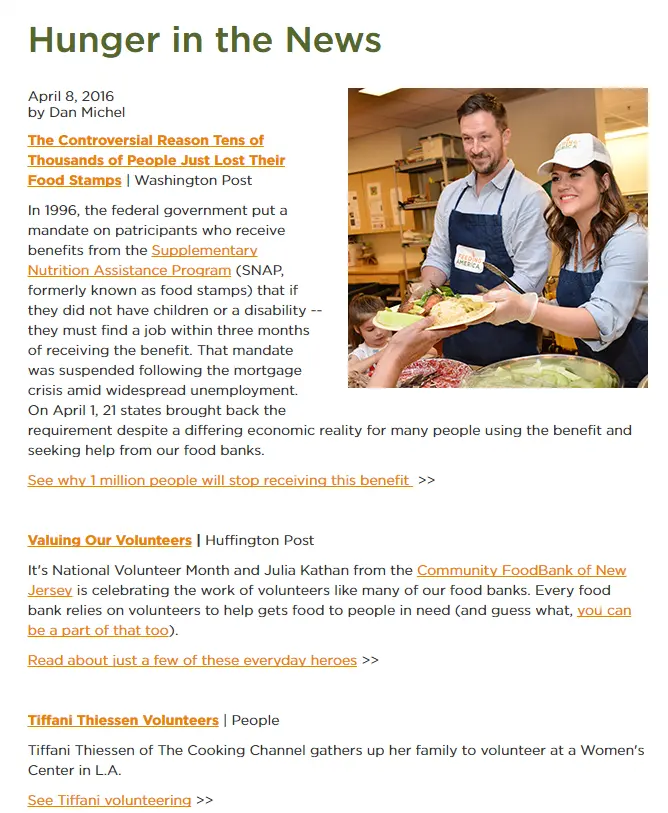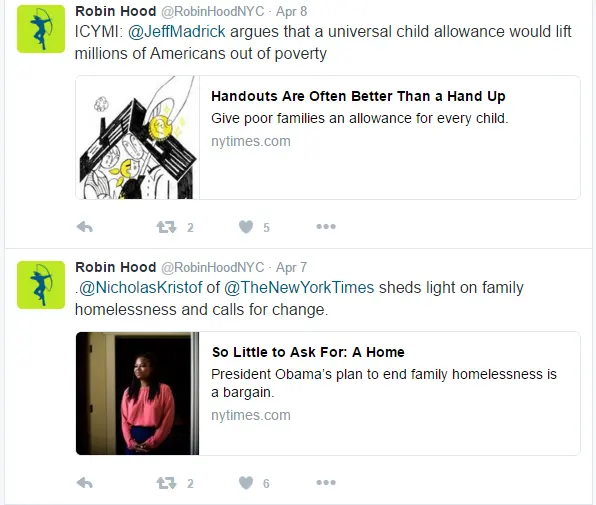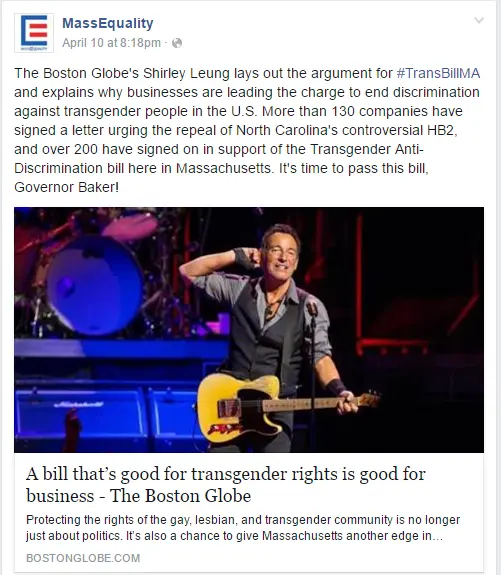When you can’t create, curate. Tapping into other resources to provide content can be great for your nonprofit and your audience. Our first part of this series laid out the definition and benefits of content curation. Now let’s take a closer look at how you can make curation work in your nonprofit’s content marketing.
Best Practices
We put together some tips for curating content for your nonprofit.
Be Discerning
There’s a payoff to being picky. Stay true to the definition of curation by being selective and thoughtful in your process. Your job is to be a filter and gatekeeper to ensure only the good stuff passes through. Make sure the content is useful and relevant to your audience. Take the time to read and assess carefully since this content will have your stamp of approval.
Drive Home Your Connection
Don’t leave people hanging. By that, I mean that a simple retweet of external content can be a missed opportunity to provide more context or meaning to what you’re sharing with your audience. Connect the shared content to some of the work that your nonprofit is doing or to broader issues that you’re actively engaged in.
Utilize an Aggregator
No need to comb through a lot of blogs and websites one by one. Get some help with an online RSS Reader (Really Simple Syndication) like Feedly, which combines new content for you in one place.
Content curation tools such as CrowdTangle and Curata help you track and monitor the latest stories, trends and news from a variety of sources. These tools can be really helpful with organizing and managing your different content streams. This will also ensure you’re dipping from a wide-ranging pool of sources and diversifying the content you’re sharing.
Give Credit Where Credit is Due
Proper attribution isn’t just a polite courtesy to the original source of the content you’re sharing. In social media, this can be as simple as tagging them on Facebook or including the @mention on Twitter so that they’ll get the notification on their end. Giving a virtual hat tip to the author can help extend your reach since they’ll likely share your curated content in their own circle. Win-win, right? It’s the gift that keeps on giving.
Examples of Content Curation
So what does good content curation look like in action? There are a lot of options when it comes to sharing existing content. We’ve outlined a couple of ways to use content curation in your marketing:
Round-Up Posts
This type of curation involves selecting posts on a particular topic and then compiling them for your audience. These typically reflect the broader work and mission of your nonprofit and can be topical.
Feeding America curates content with their weekly “Hunger in the News.” This weekly compilation rounds up stories that “elevate the conversation of hunger and the issues affecting food insecurity in the U.S.” Feeding America does a number of things right. In addition to including the original story, this nonprofit shows how to curate in a way that summarizes the story and helps frame the context. It really conveys the impression that if there’s something happening in the area of hunger, it’ll likely be covered in this round-up.

They also don’t resort to just a general “click here to read more.” There are some great calls to action in their previews to read more such as “see why 1 million people will stop receiving this benefit.” Feeding America also connects one of the stories (National Volunteer Month) to their own pledge to volunteer page on their website. It’s a pretty seamless (and smart) way to reinforce this external content with their mission.
Social Media
The “sharing is caring” nature of social media makes content curation particularly useful in this space. There’s an immediacy to social media that makes content curation work particularly well, including real-time results (like shares and comments) to help you see what’s working and what isn’t. It’s an excellent opportunity to offer timely and topical content to your online followers.
Robin Hood does a nice job of curating content on their Twitter page. They’re undeterred by a 140 character limit and show how to tee up shared content in a concise and compelling way. Robin Hood also acknowledges the original authors to give them a heads up that their content has been shared with the nonprofit’s followers.

This Facebook example from Mass Equality is classic textbook curation: a compelling summary, hashtag, and a direct call to action to the Governor. The summary contextualizes the issue and really drives home their connection as a Massachusetts-based nonprofit to major events going on in North Carolina. It’s a great example of how content curation can help you align with like-minded organizations. Curation = solidarity. Great stuff.

Content curation can really be a great way to provide quality content, broaden your reach and establish authority. Does your nonprofit curate content? What has worked particularly well and what hasn’t? I’d love to hear from you in the comments below.

What are the copyright issues to be considered when aggregating content? In the Feeding America example above, it seems like they republished a lot of text from the WP article, even though it is clearly attributed. Is this legal? I love the idea of this, but worry about the legality.
Hi Elizabeth. Good question. Generally, the ethics and legality of content curation fall under Fair Use principles and this is something that is more case by case and still being debated in various circles. That being said, there are some best practices we support that include the following: reproduce just enough to give readers a glimpse; prominently identifying the original source and linking to the article, and providing context and commentary. Even just asking permission from the original author can be good rule of thumb. The CTA in the Feeding America example worked particularly well for incentivizing readers to check out the full post as well as invoking a specific brand of urgency. Other best practices to ward off any concerns can include re-titling any content you create for SEO purposes and to ensure you’re injecting your own voice and input. Hope this helps!